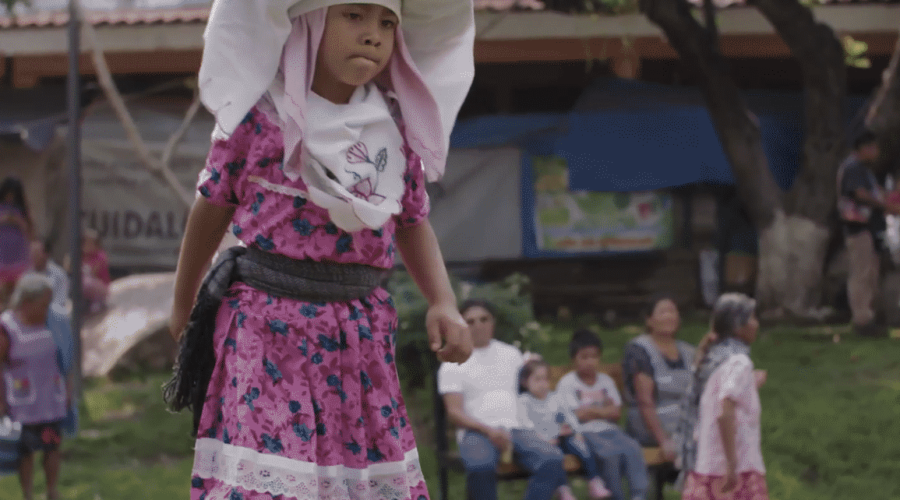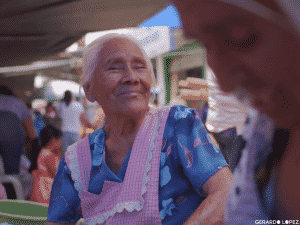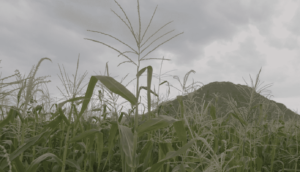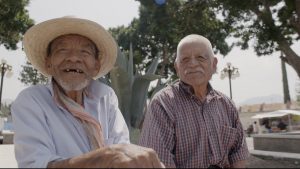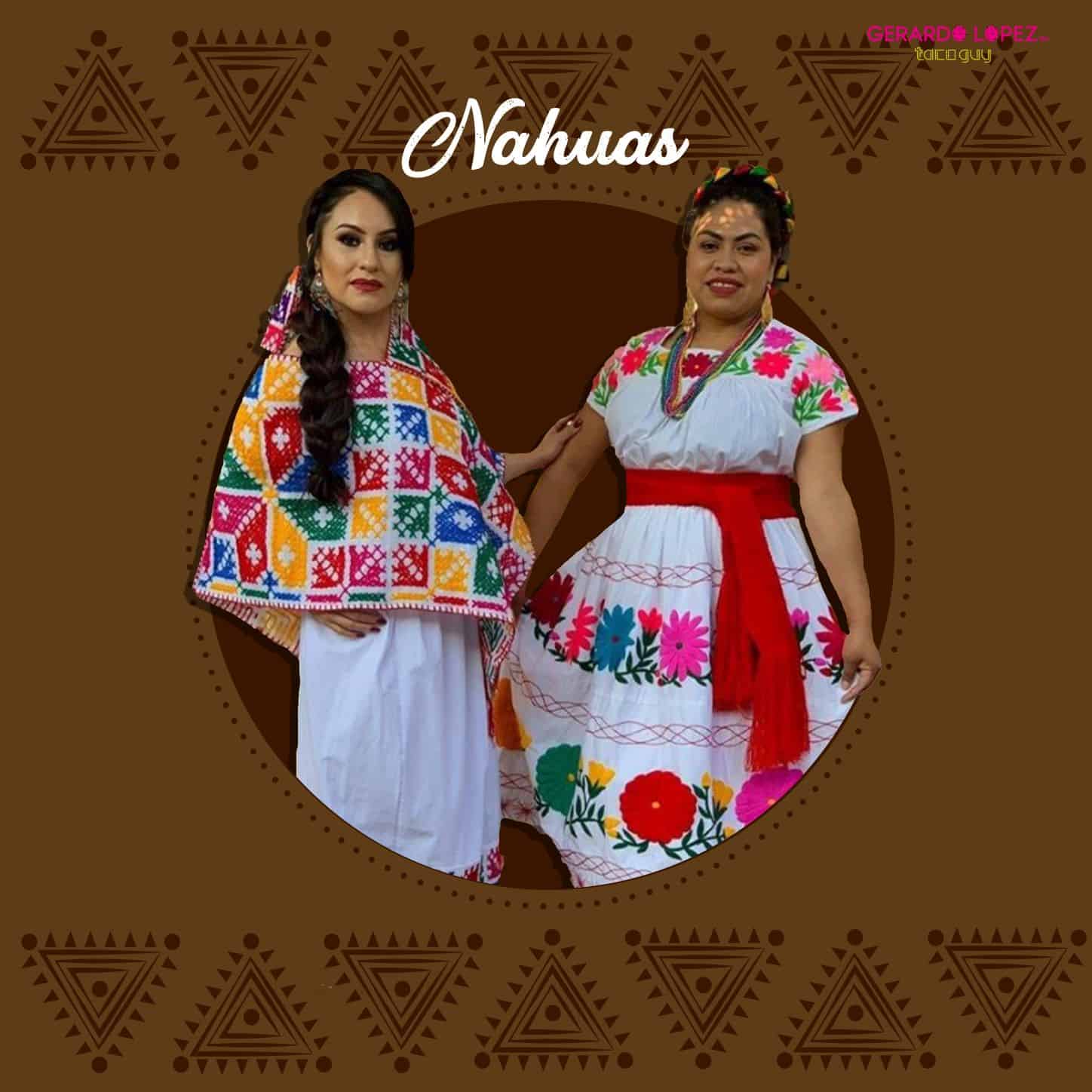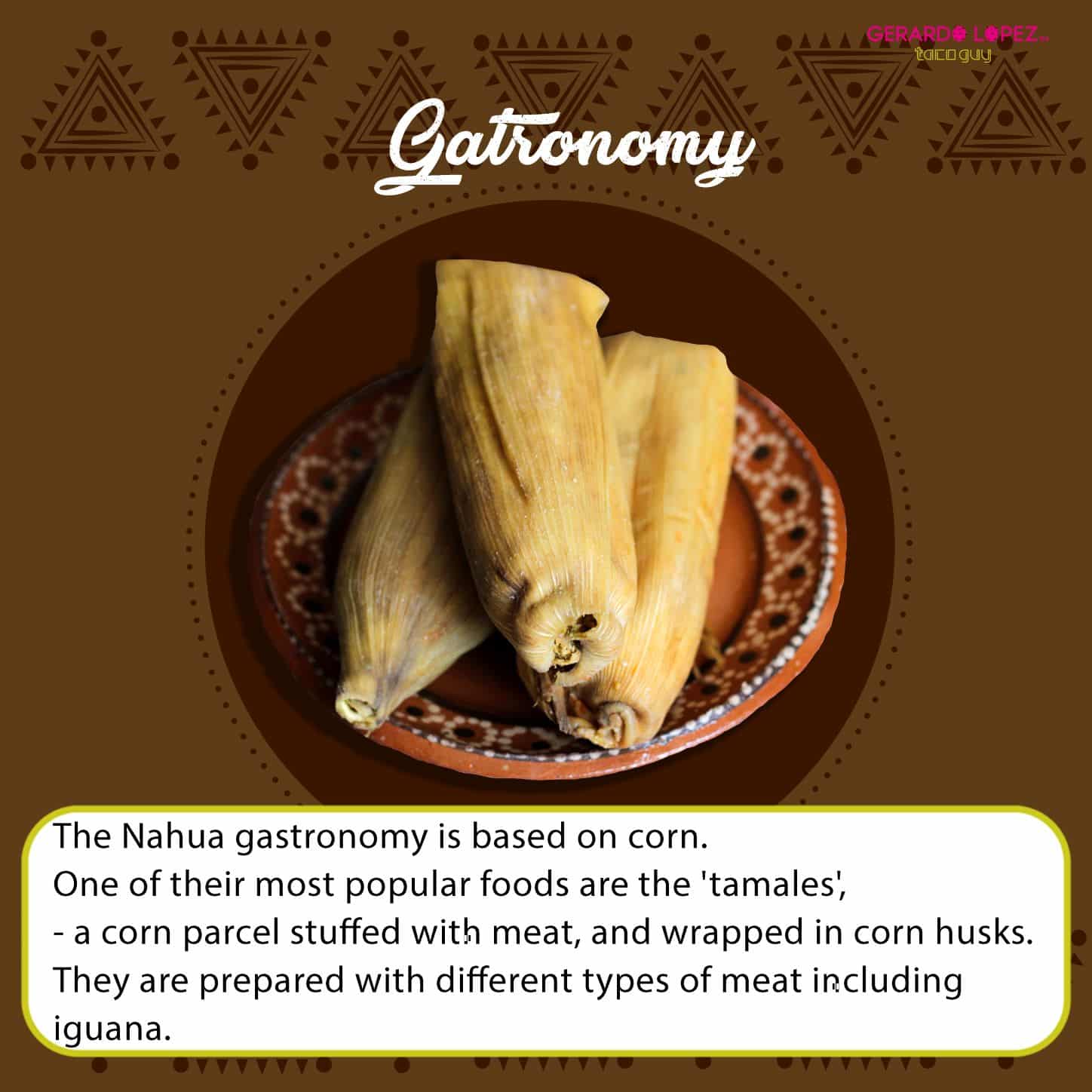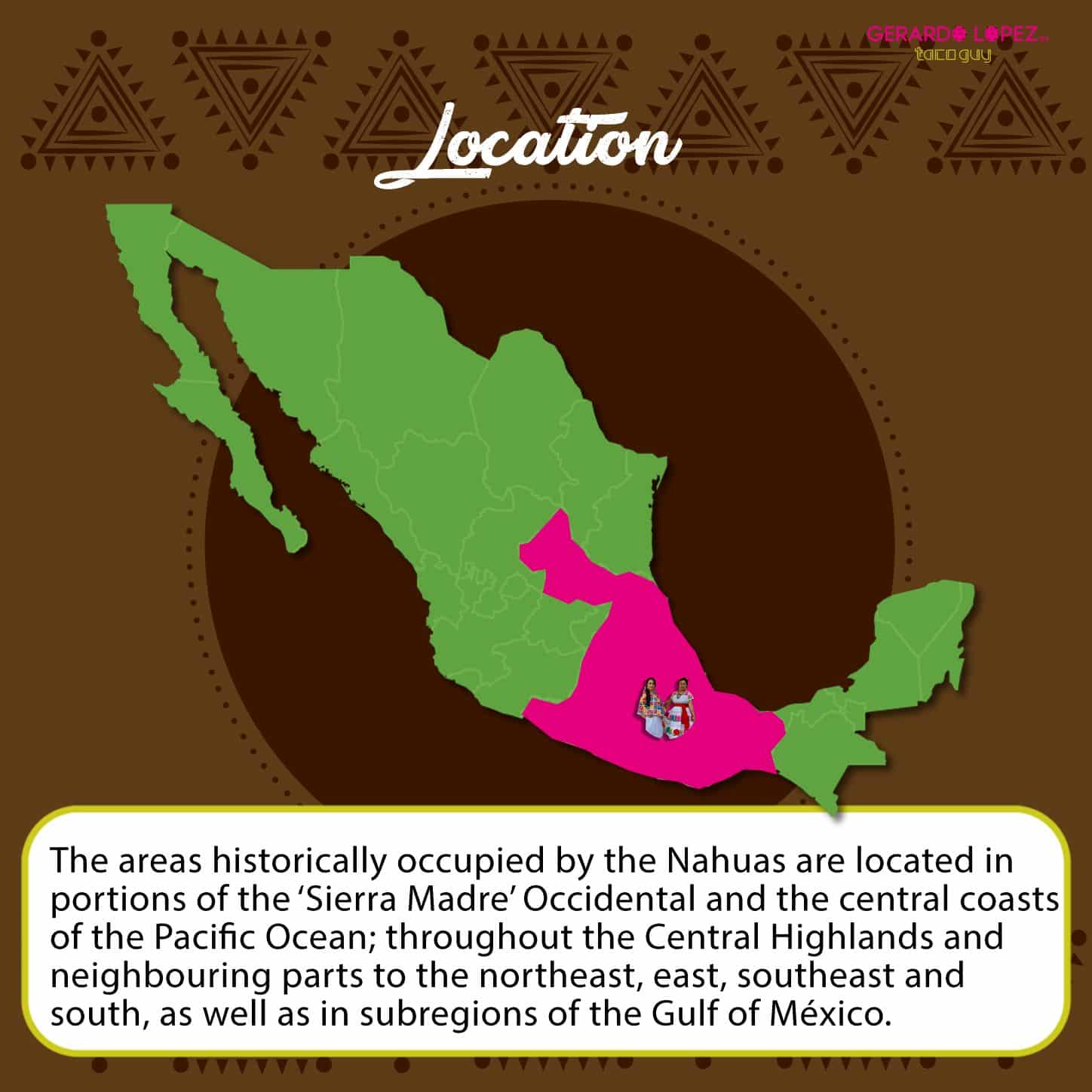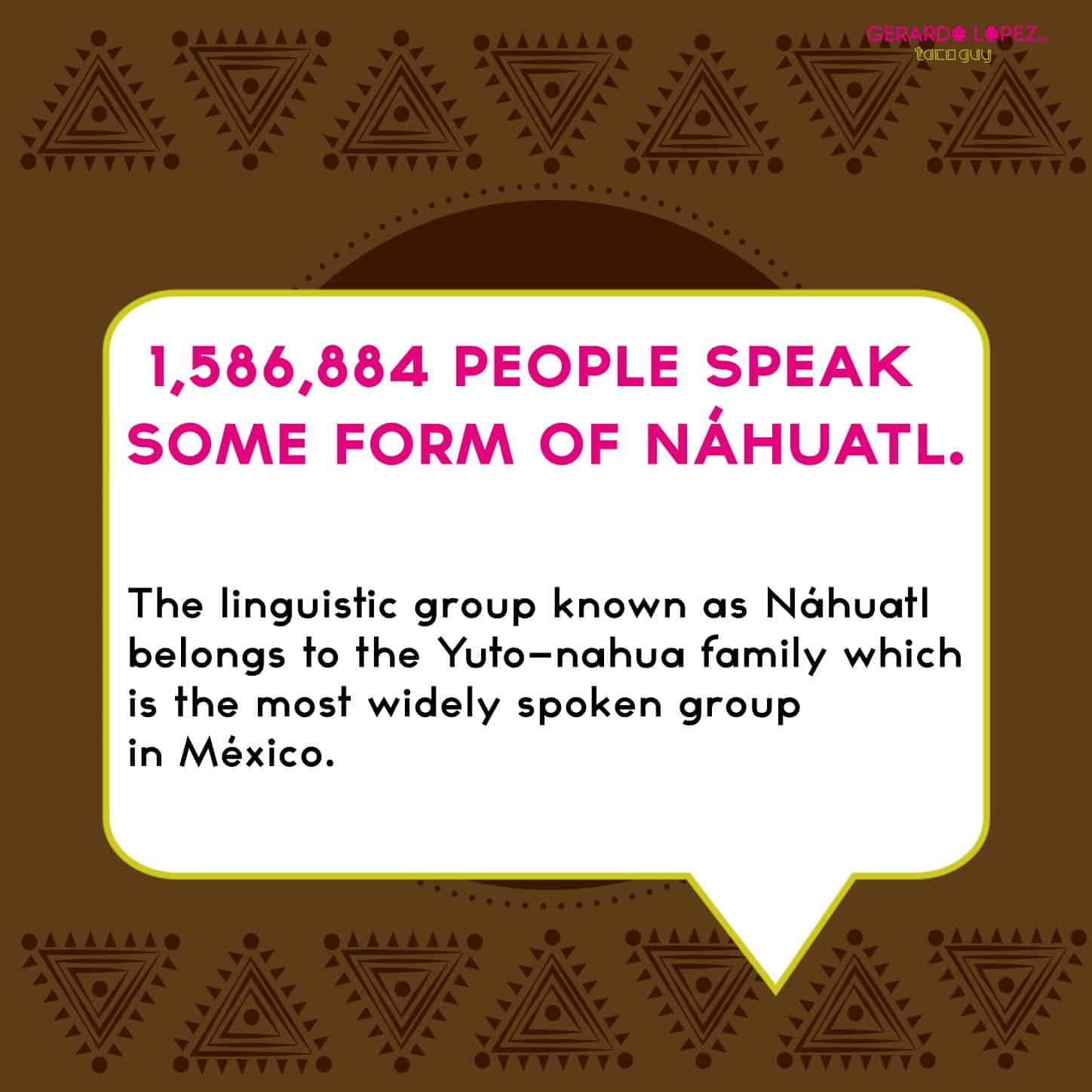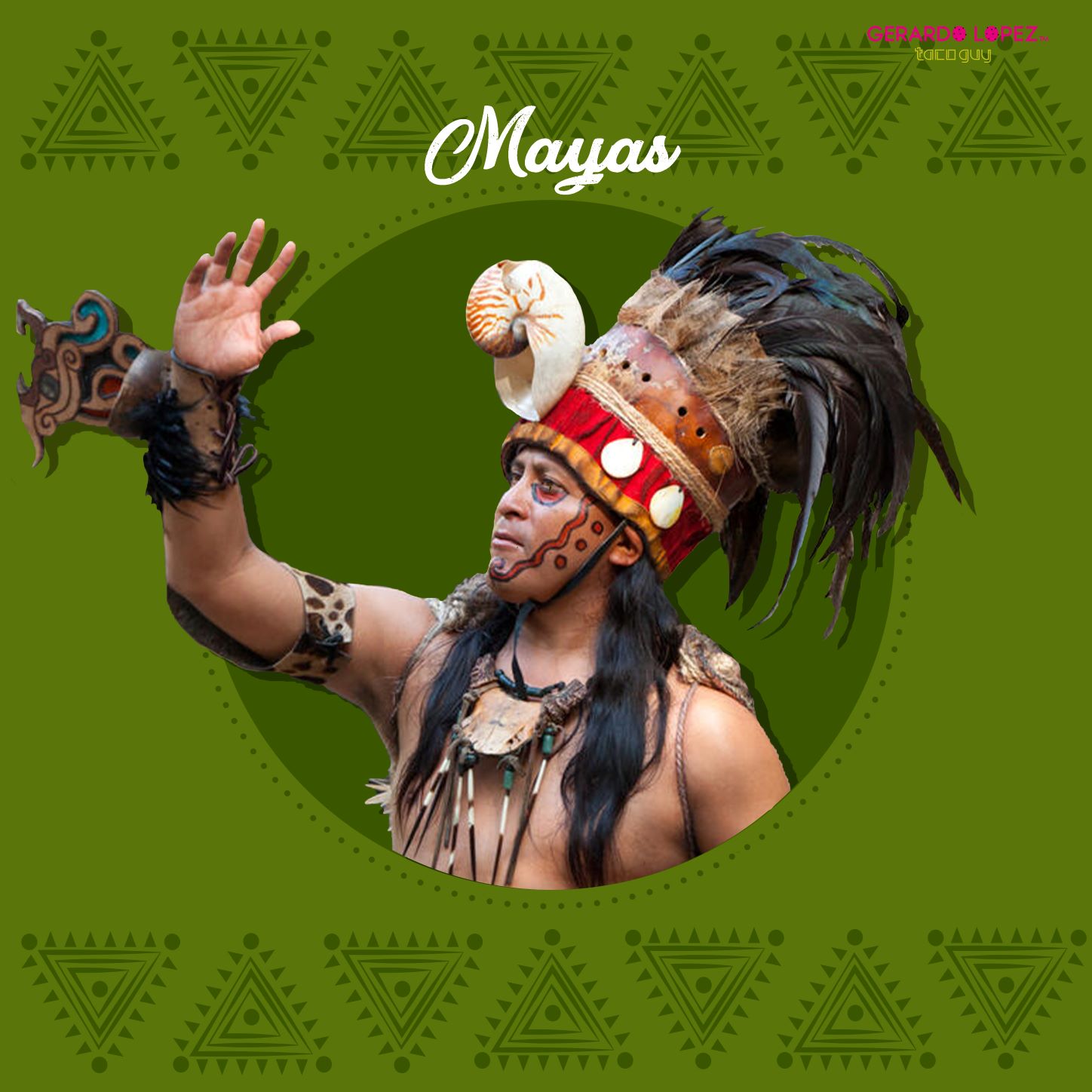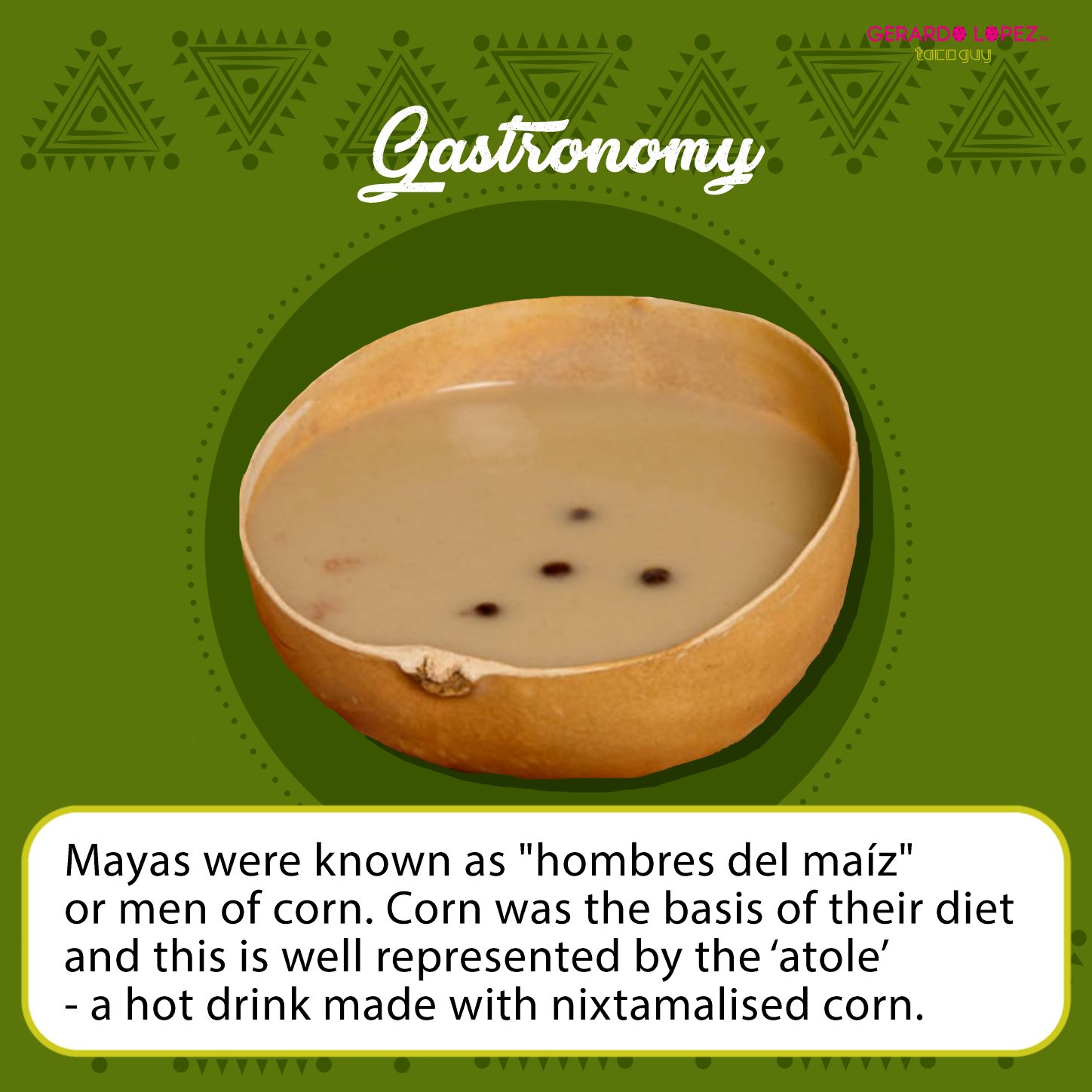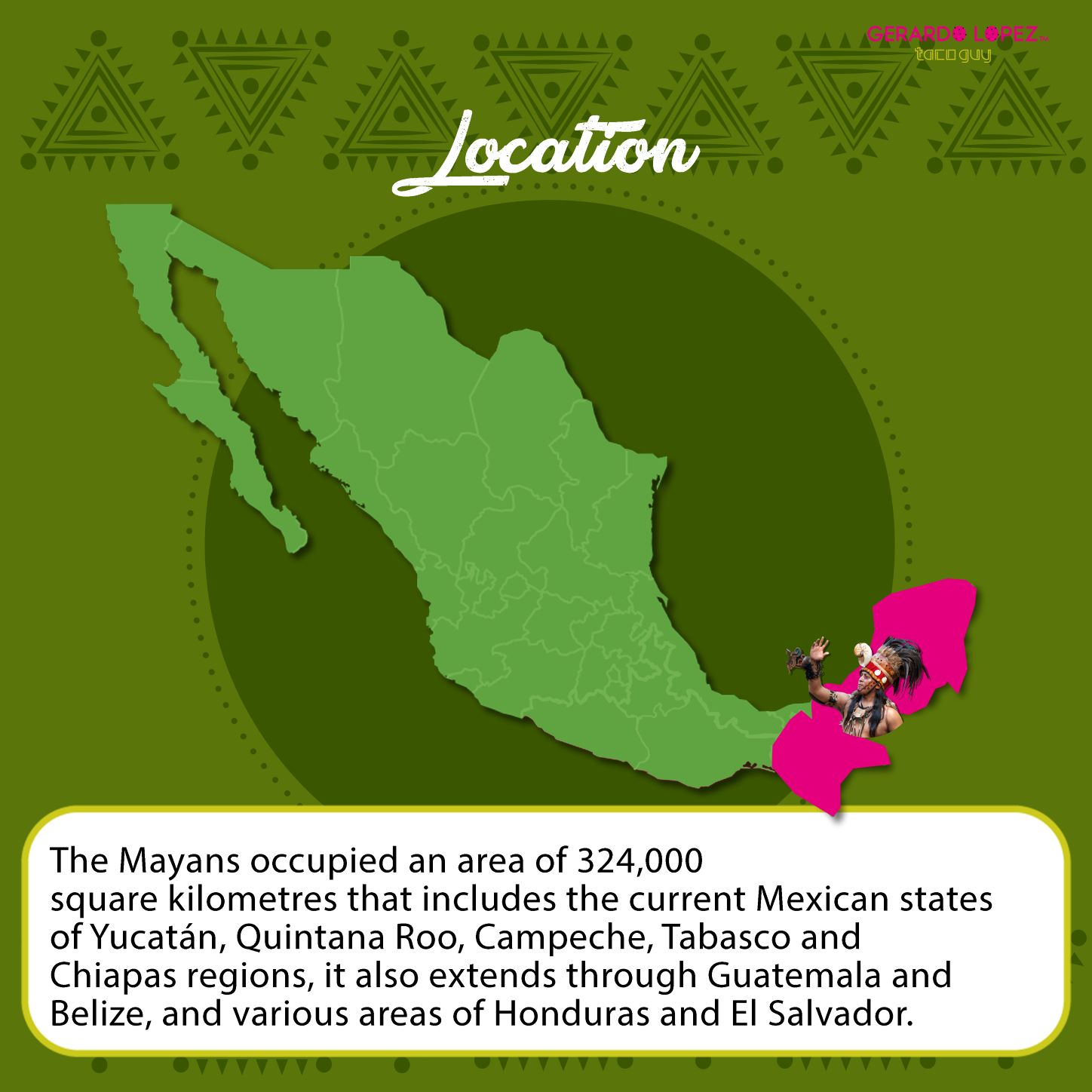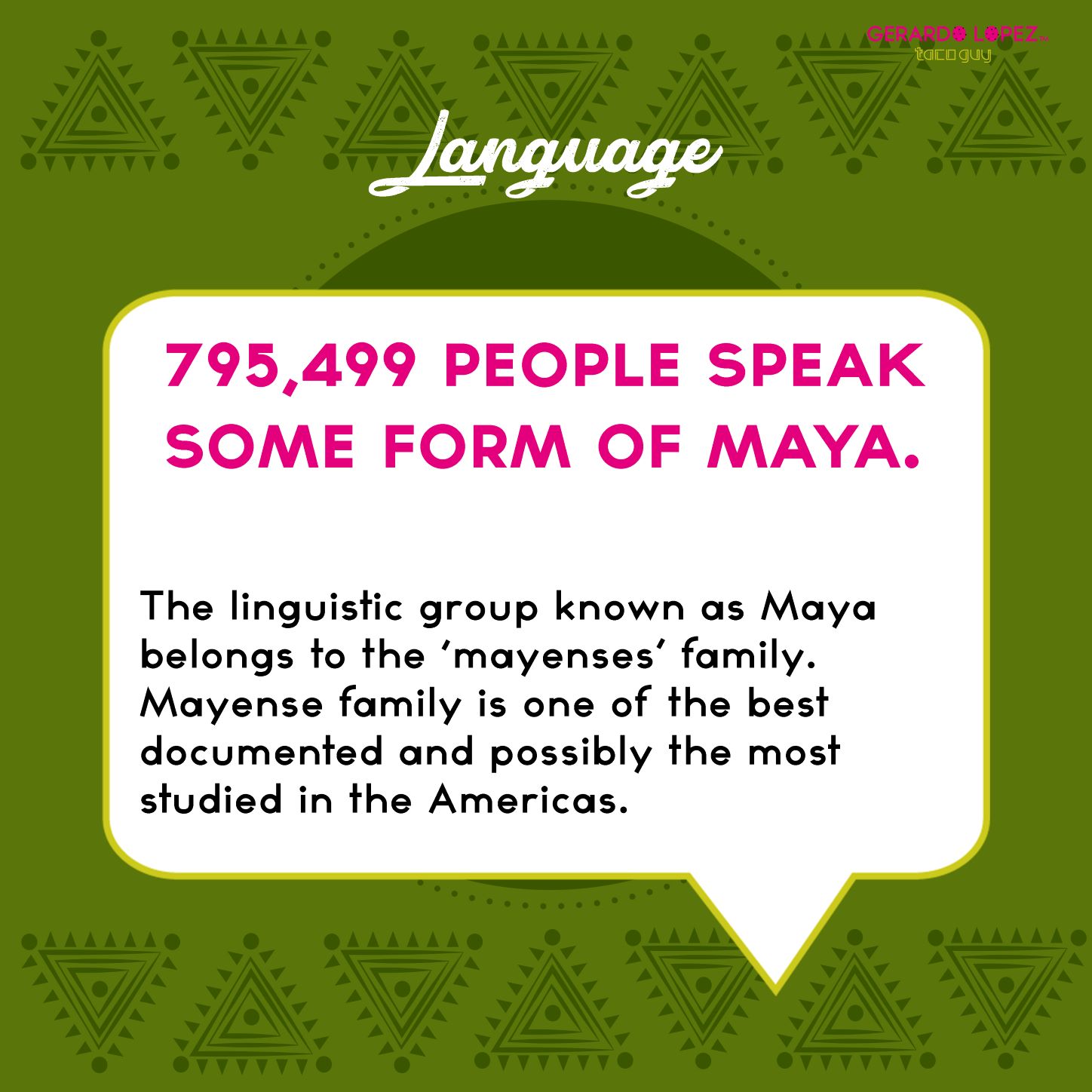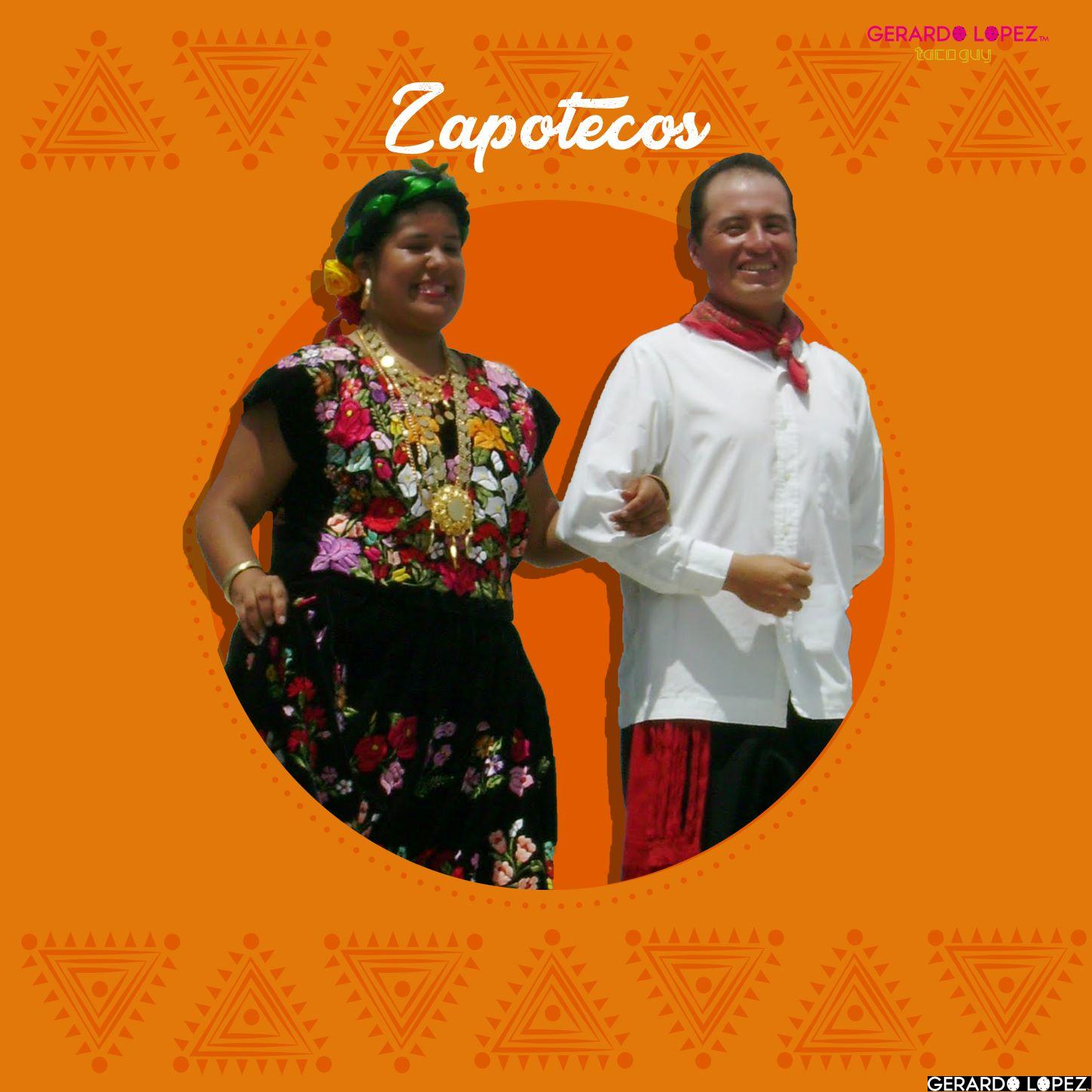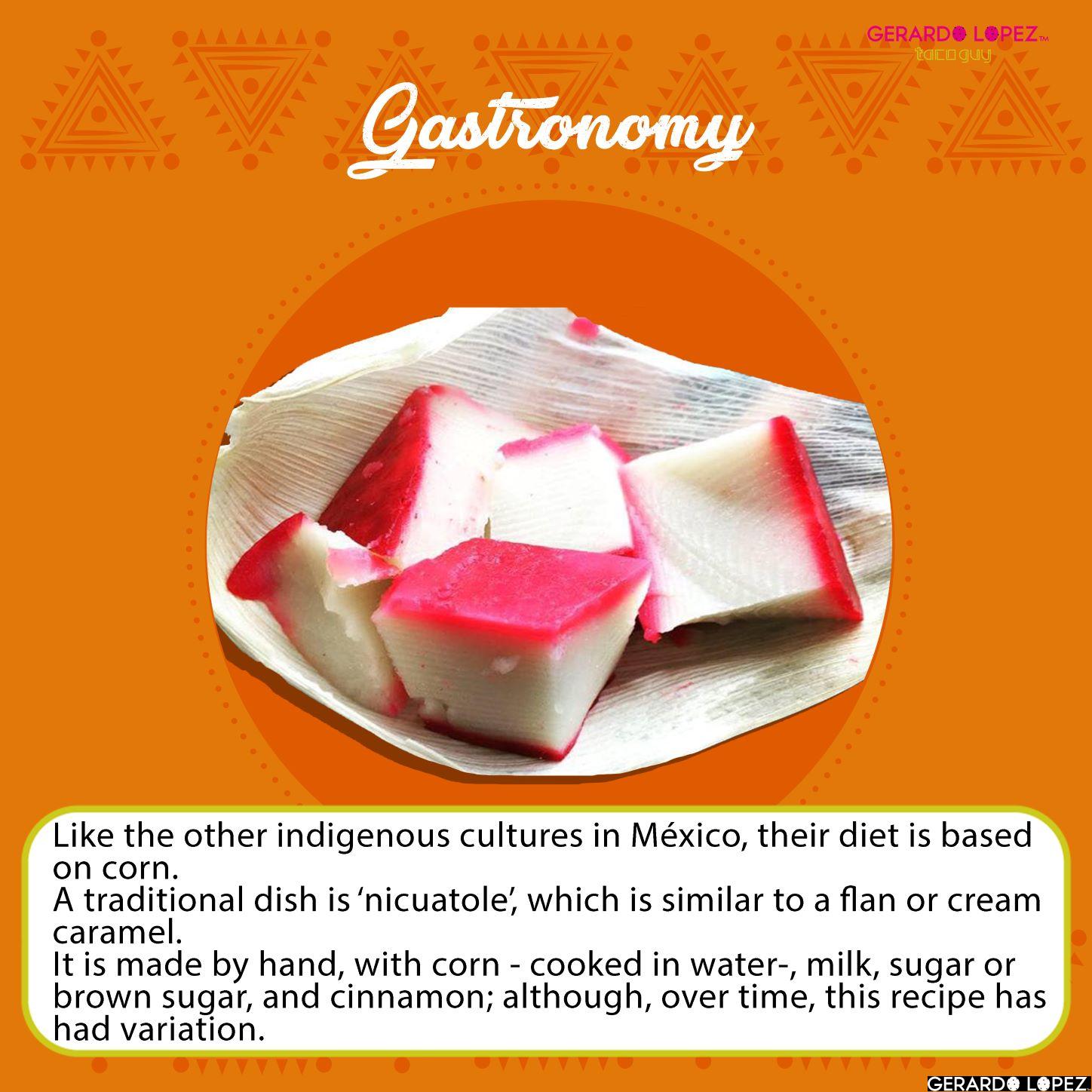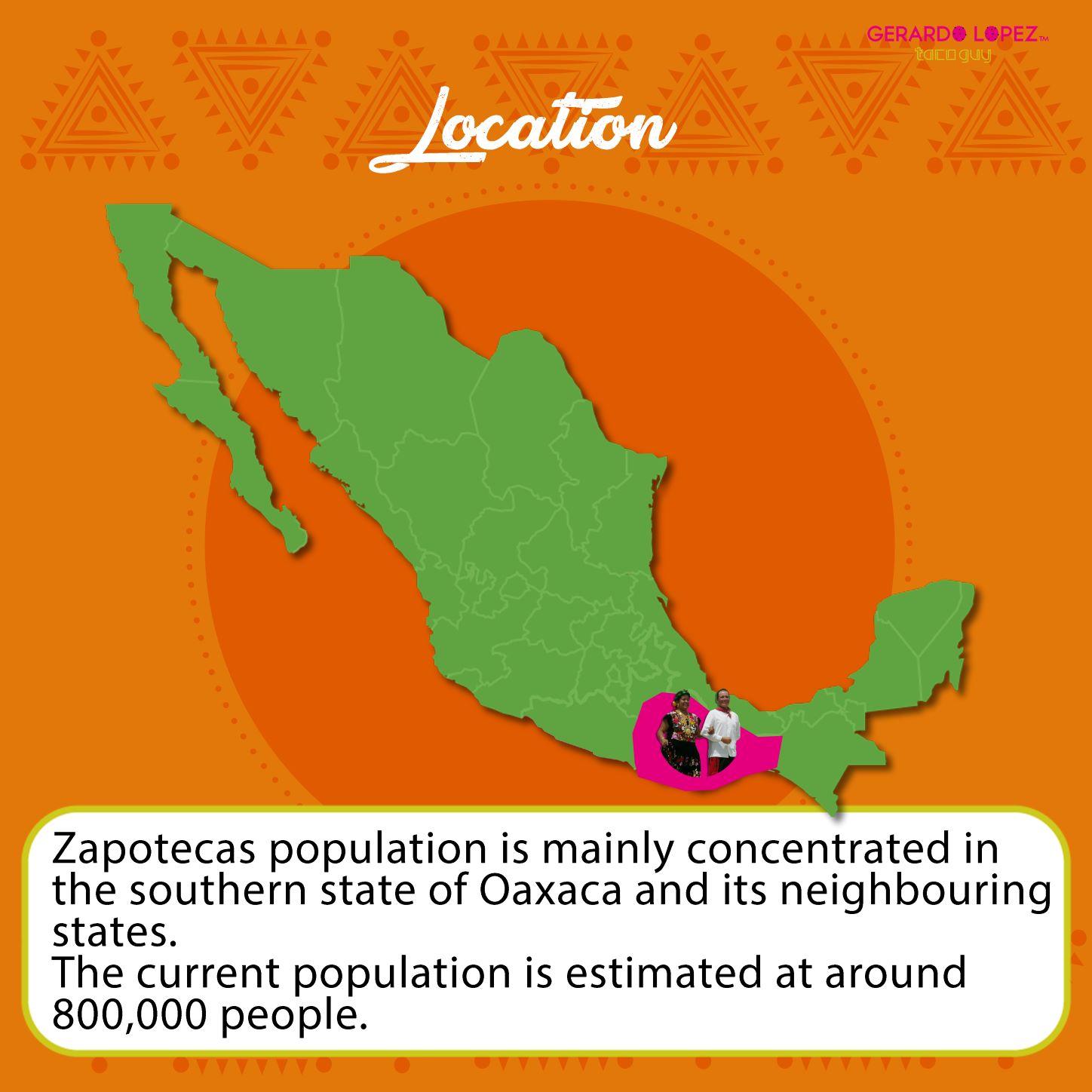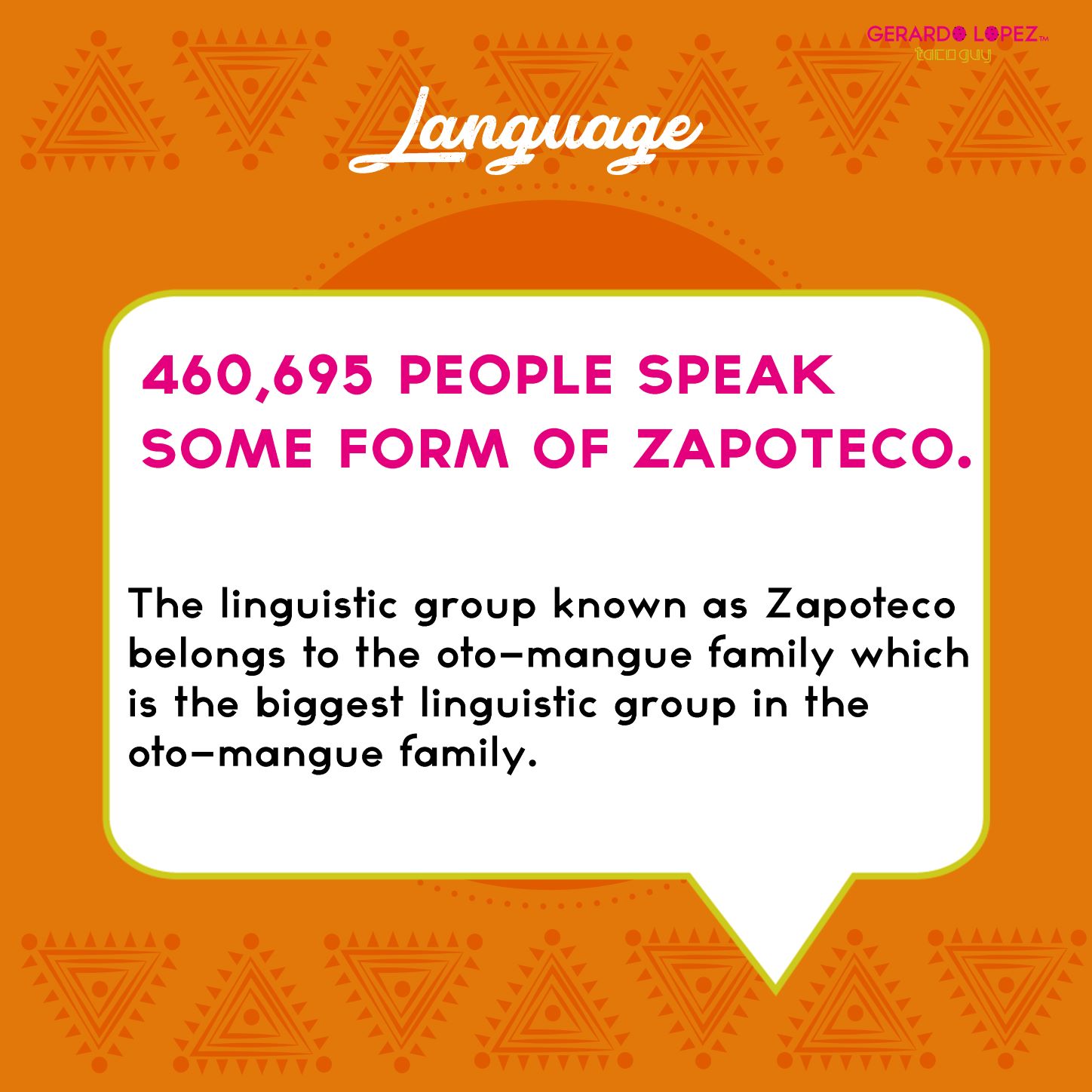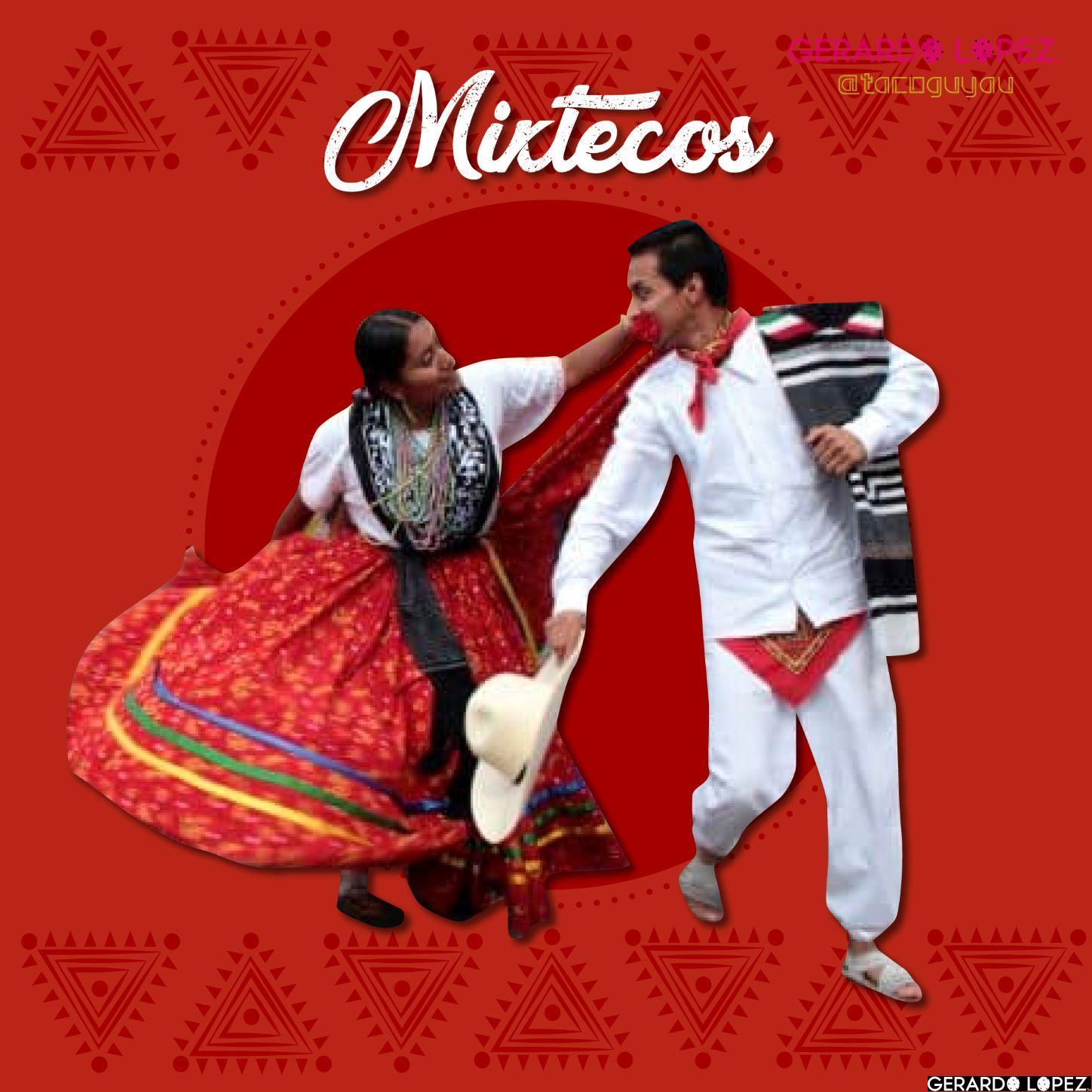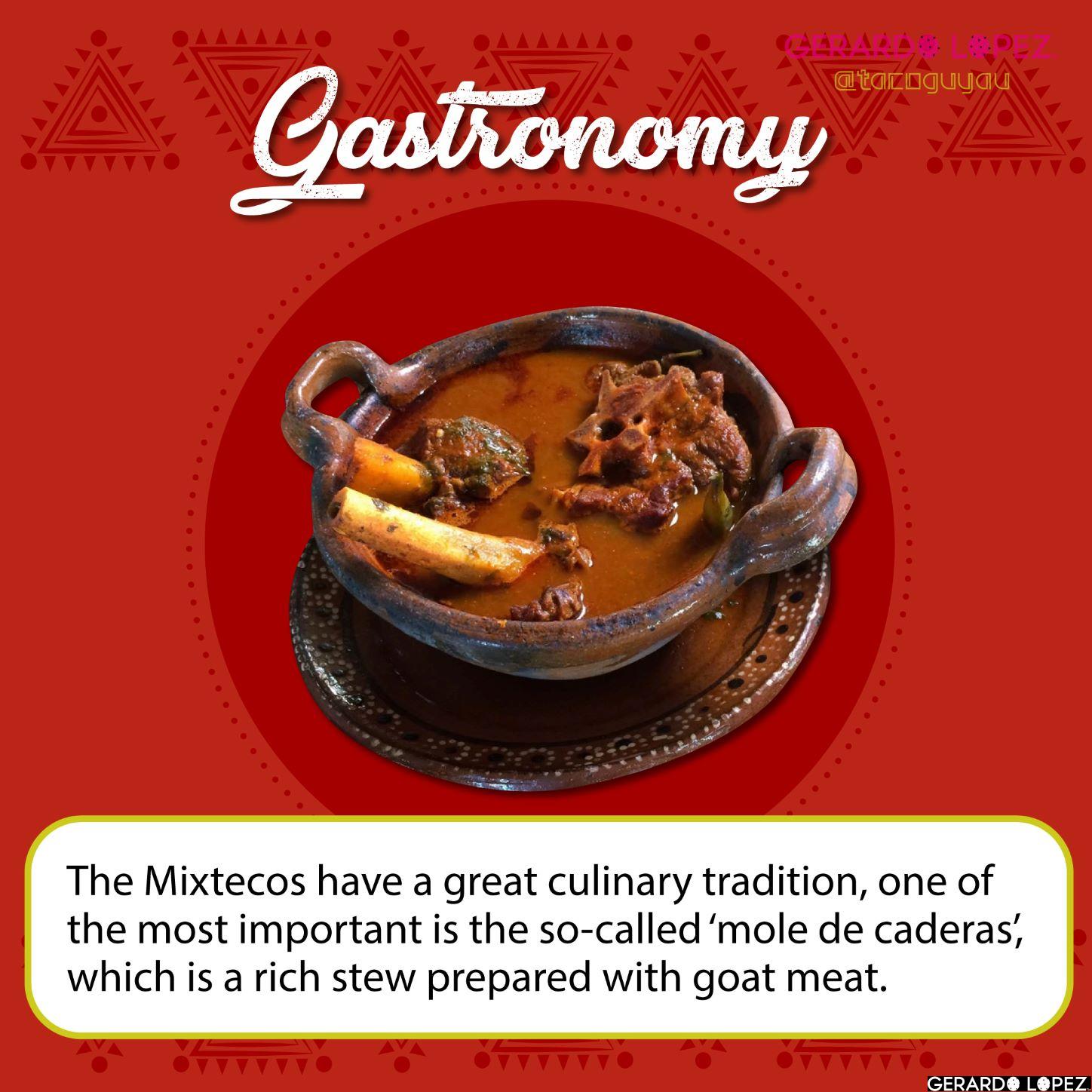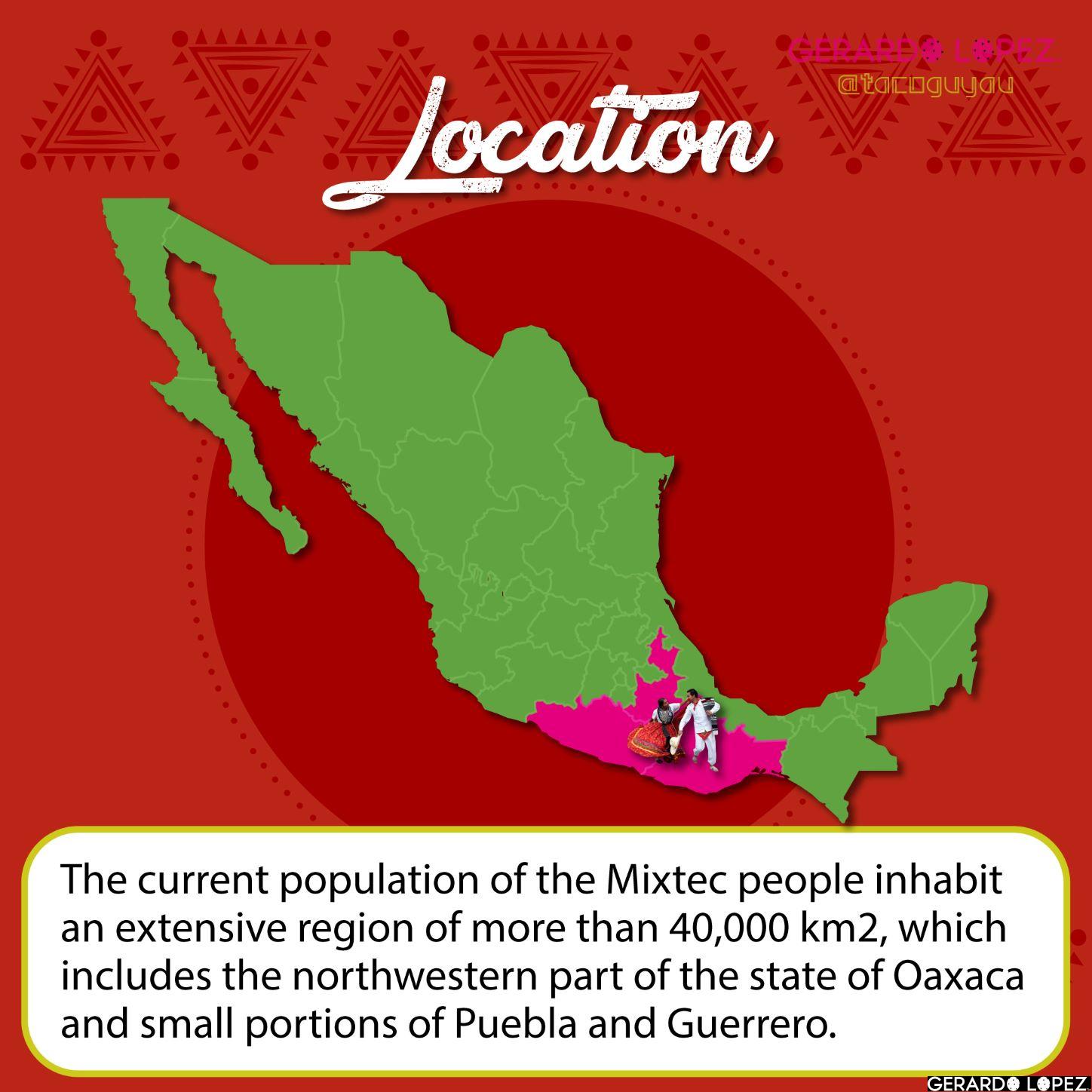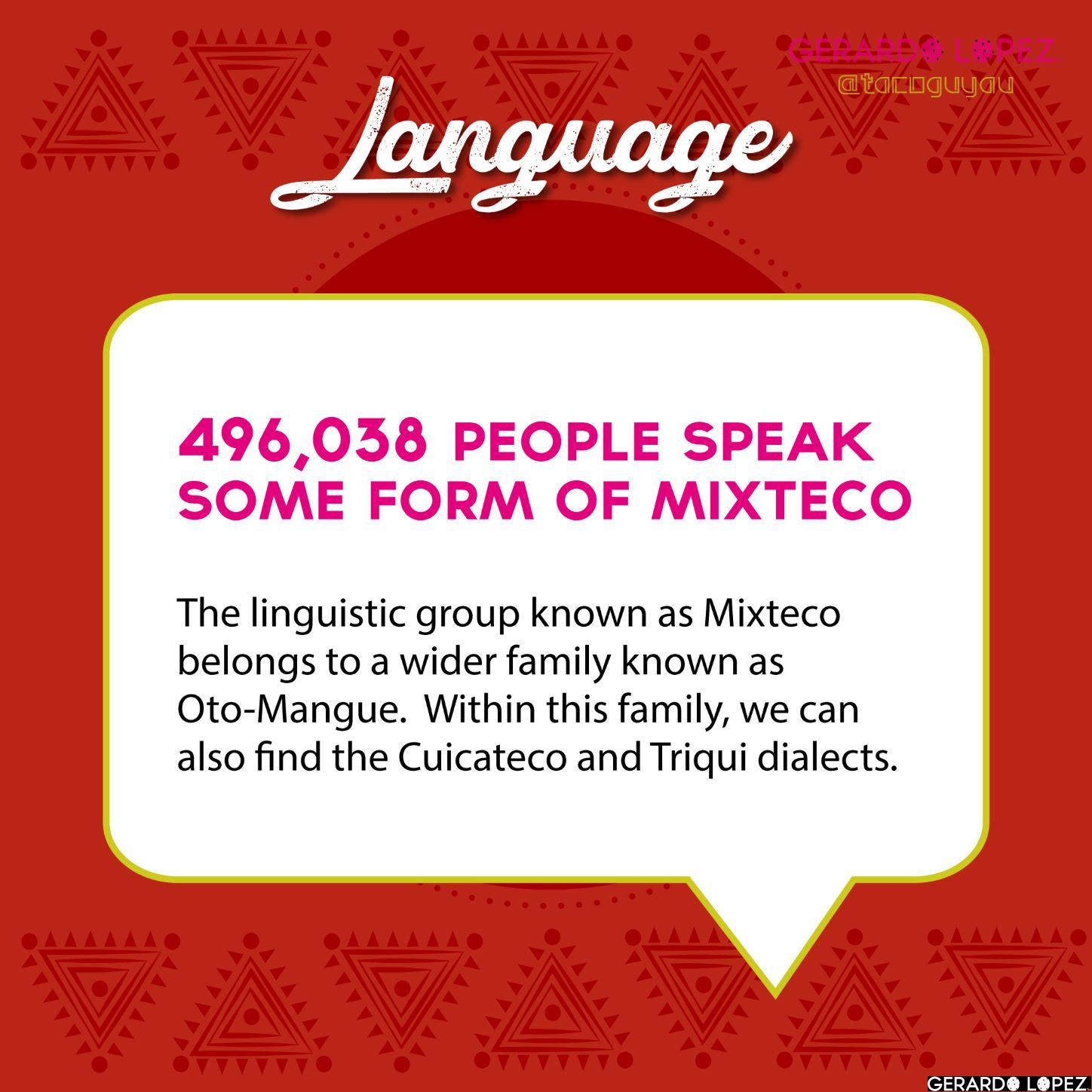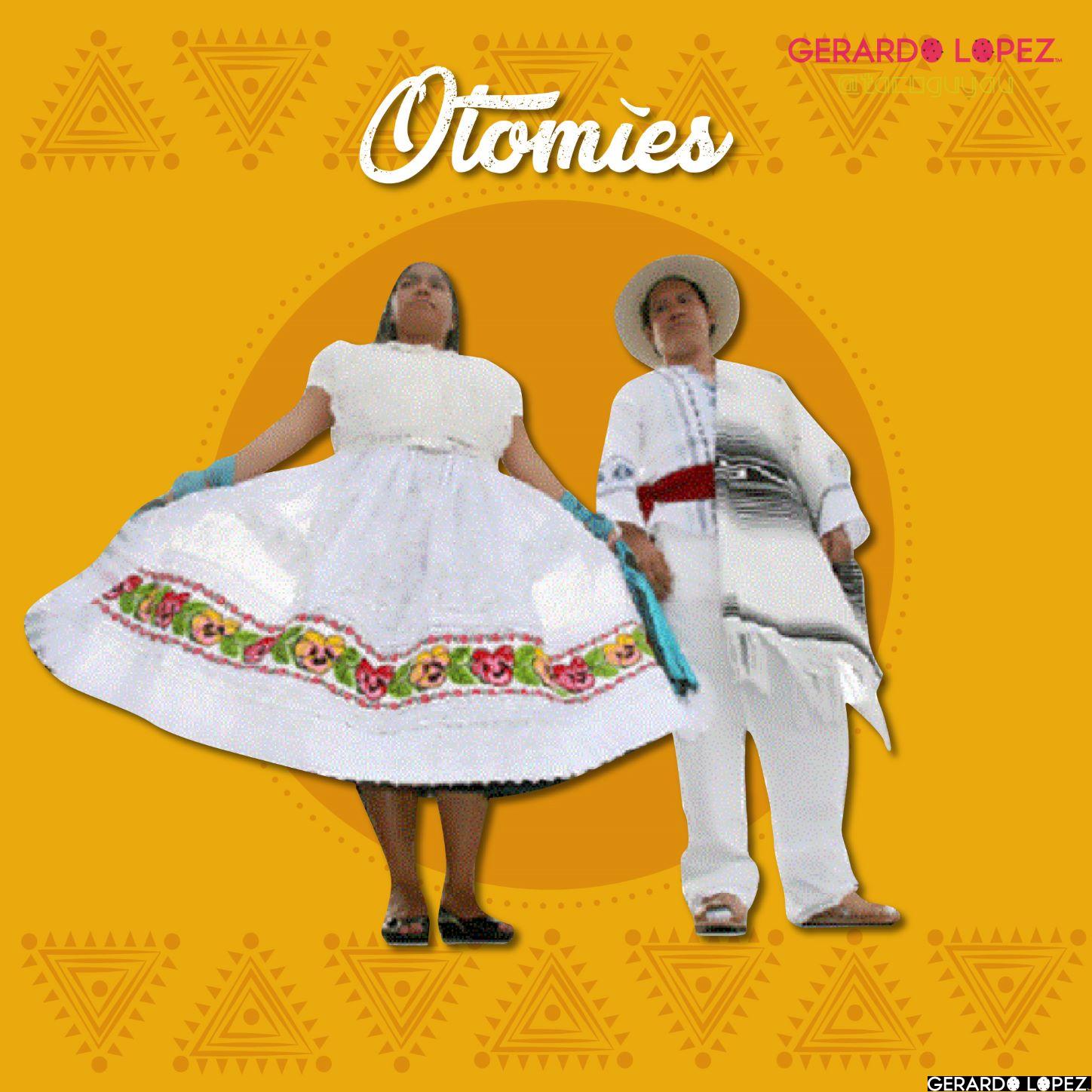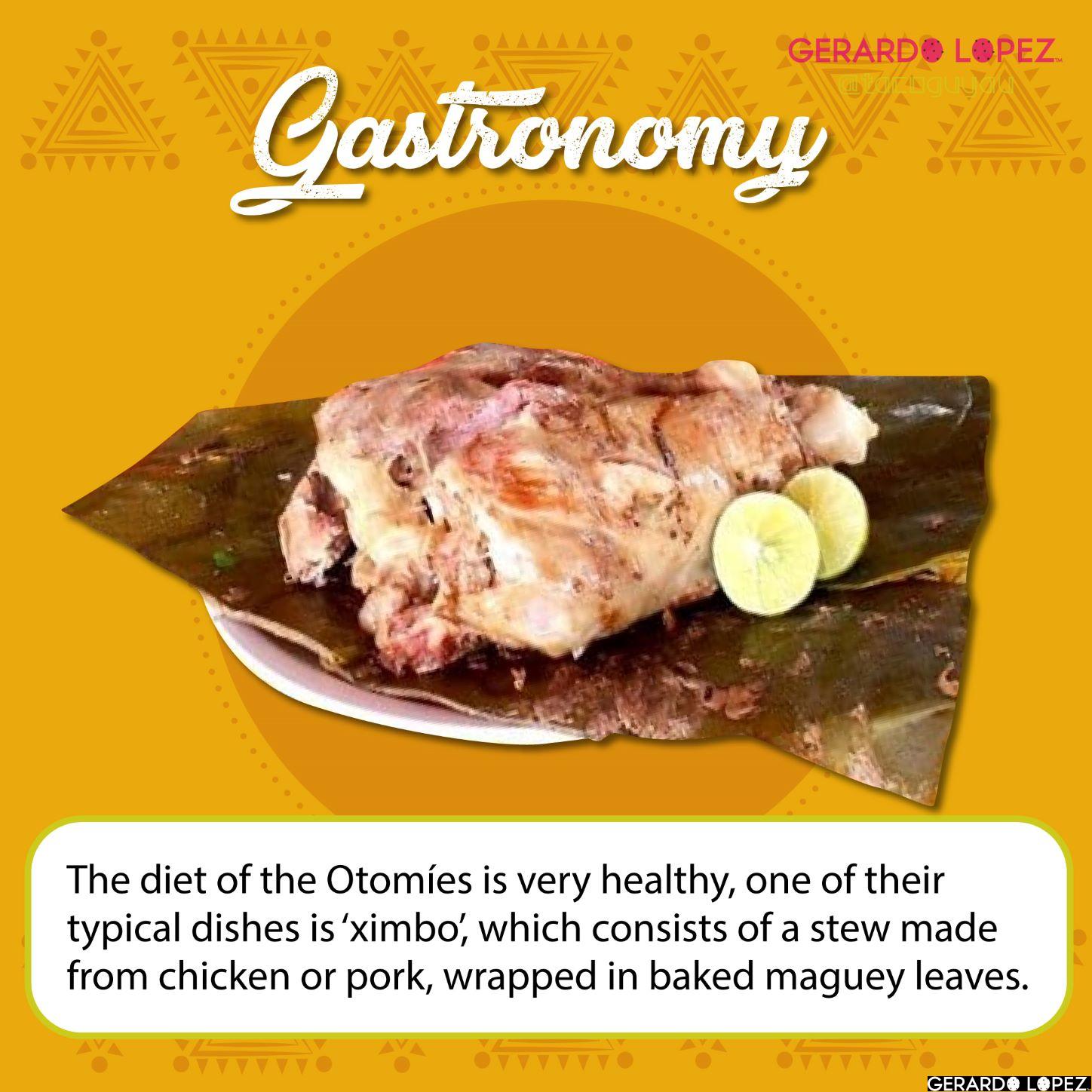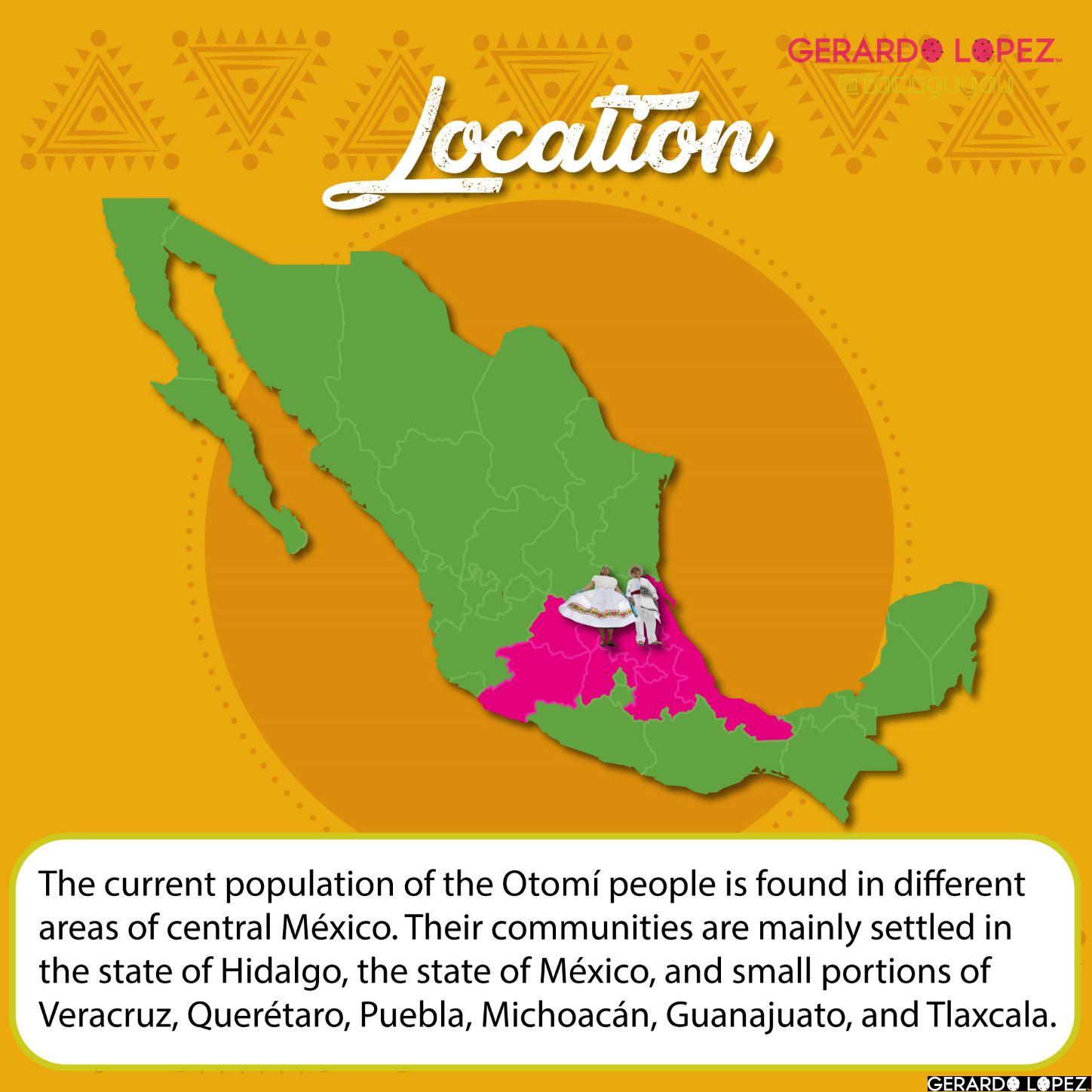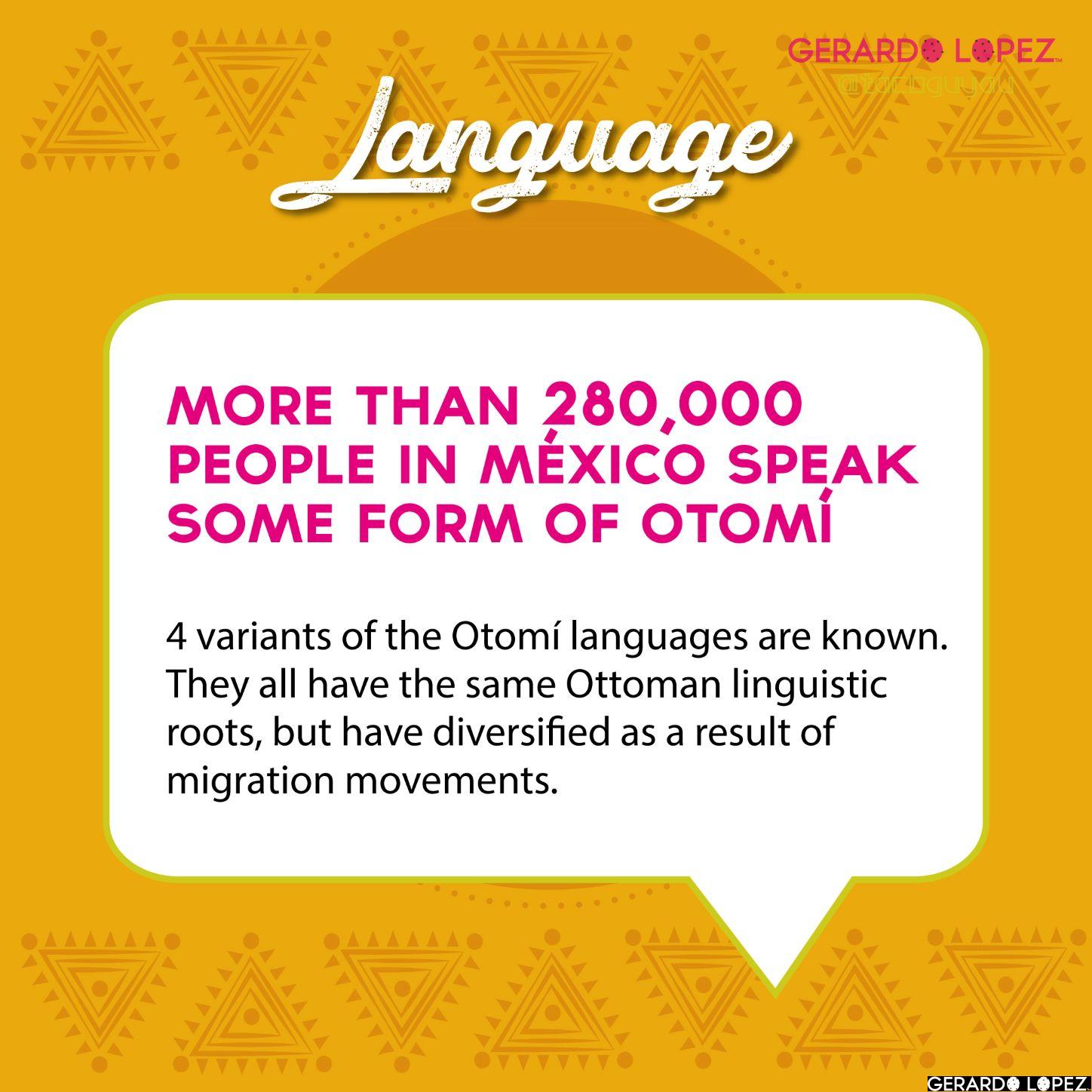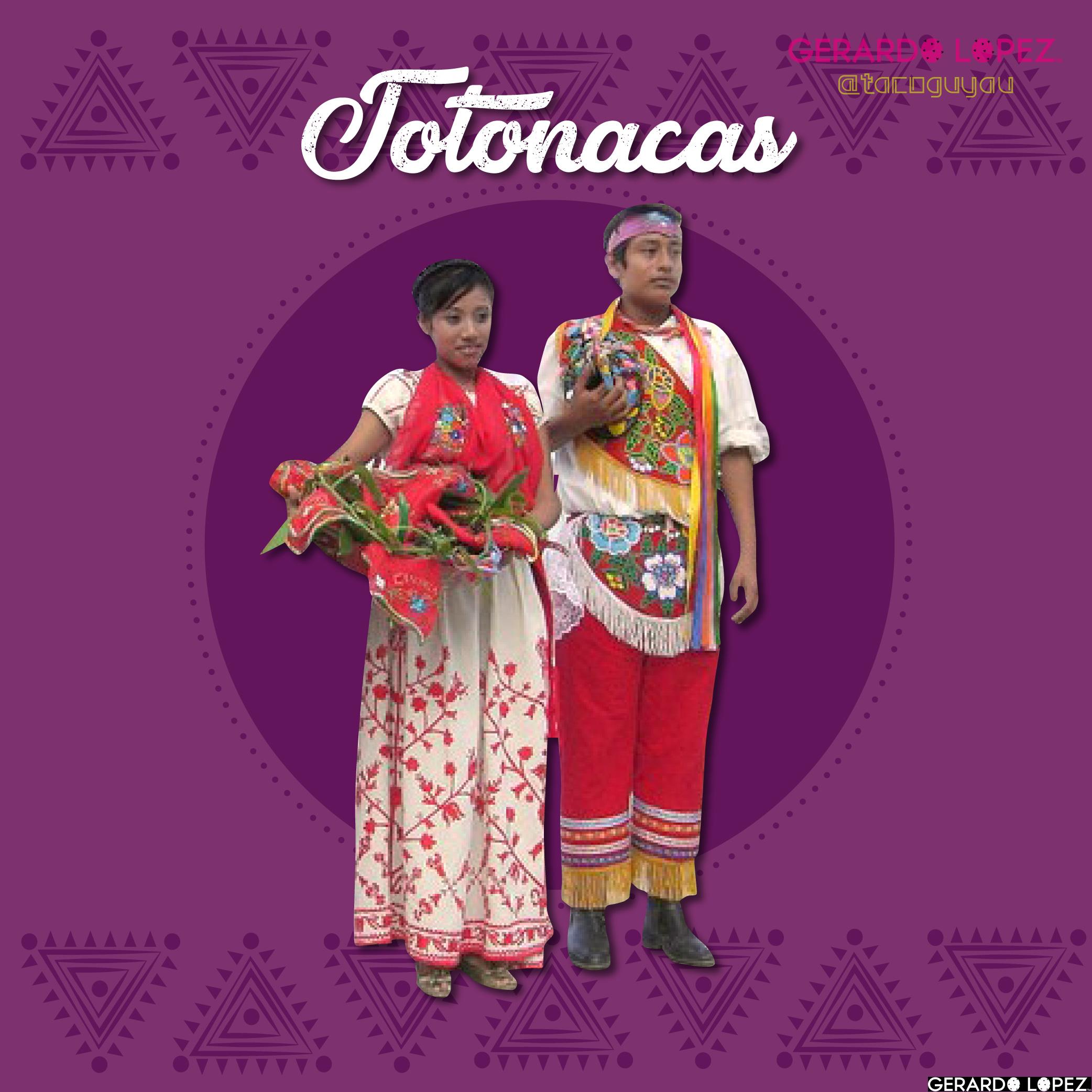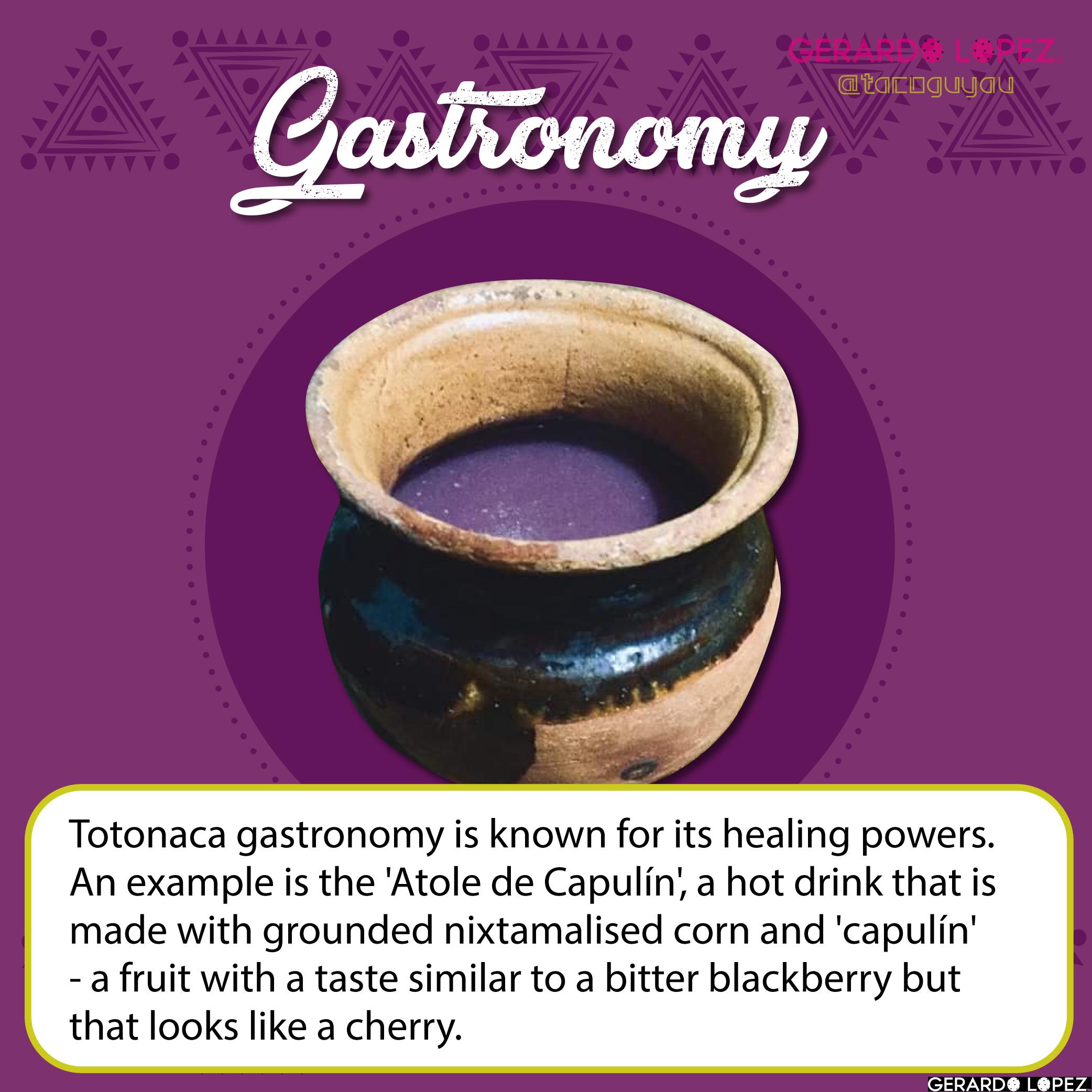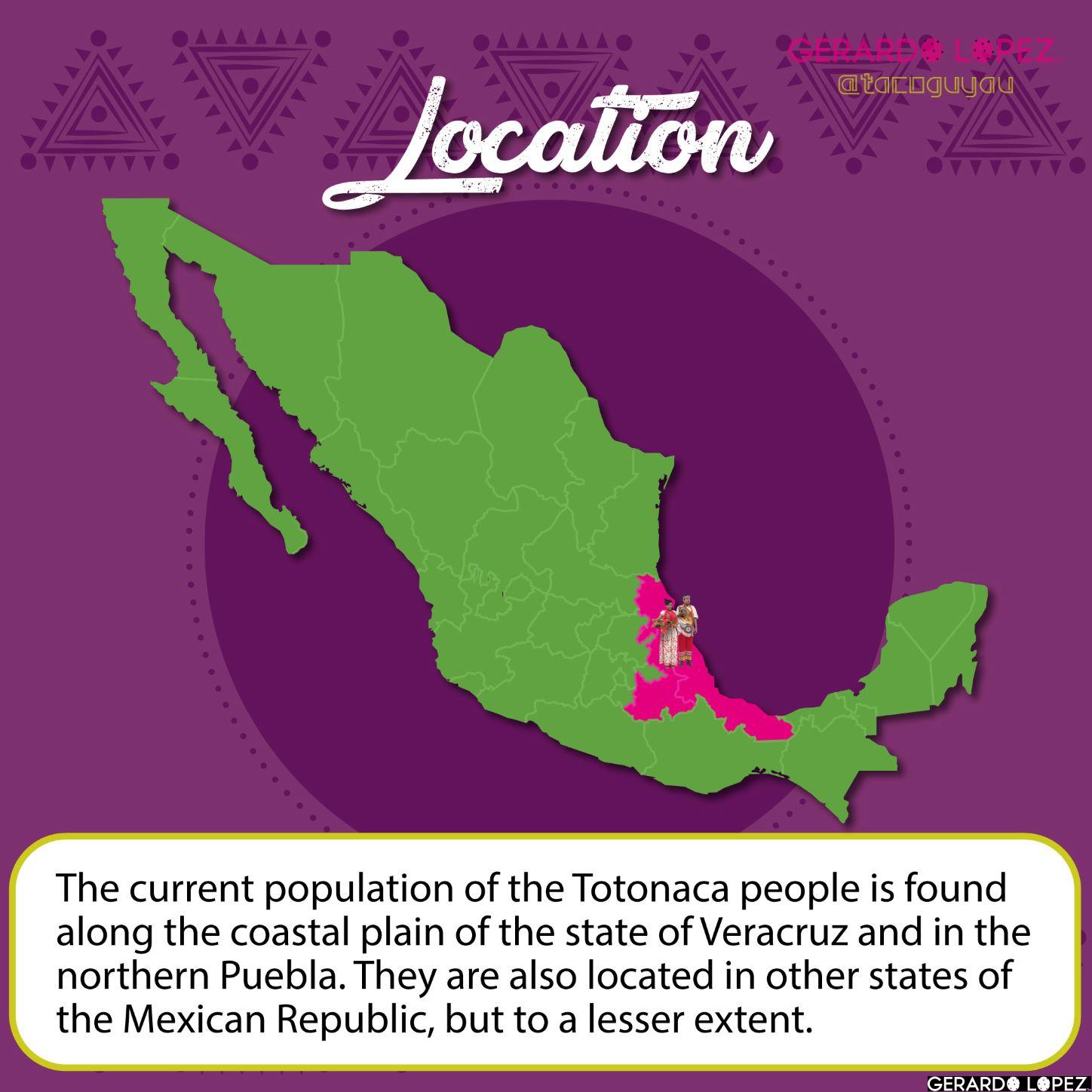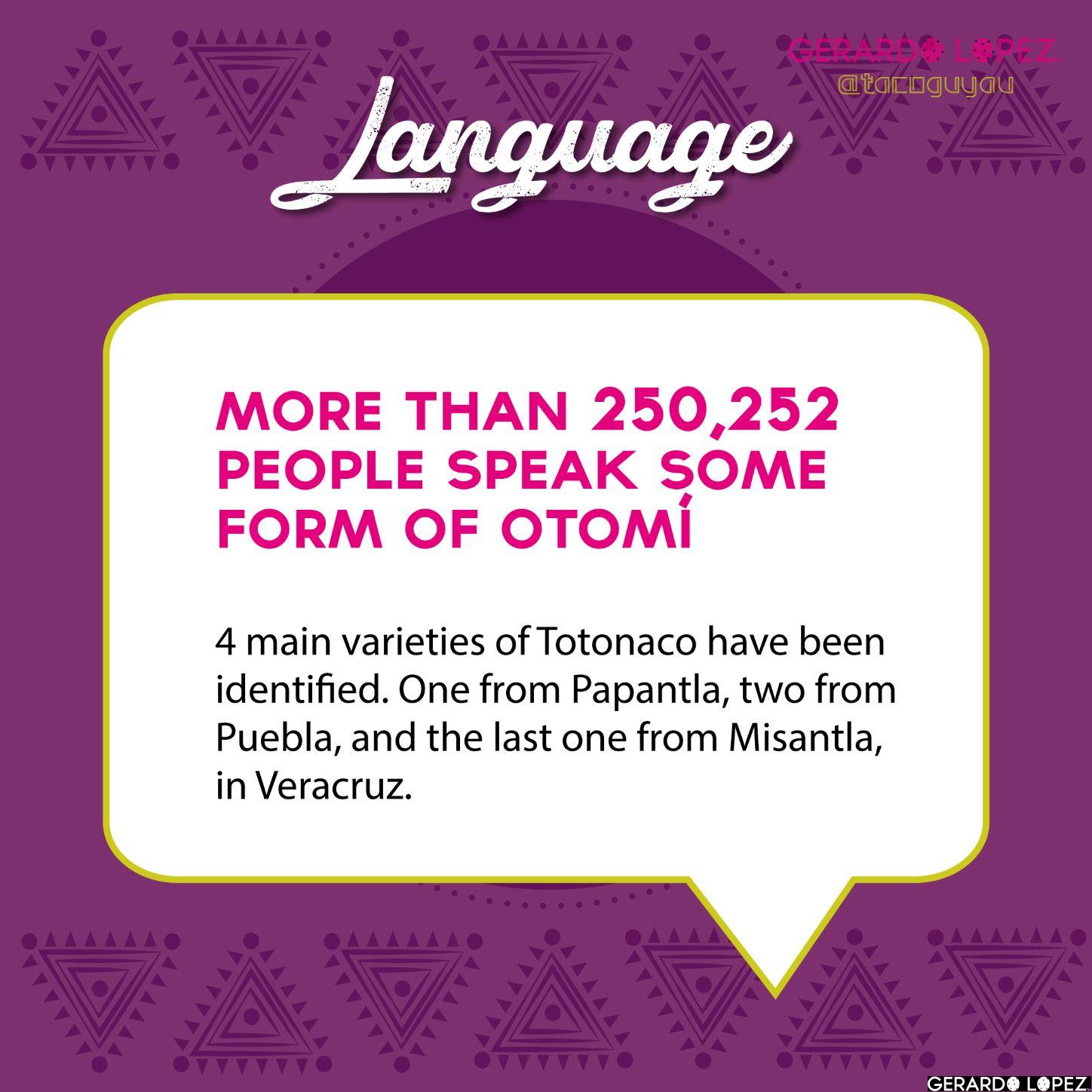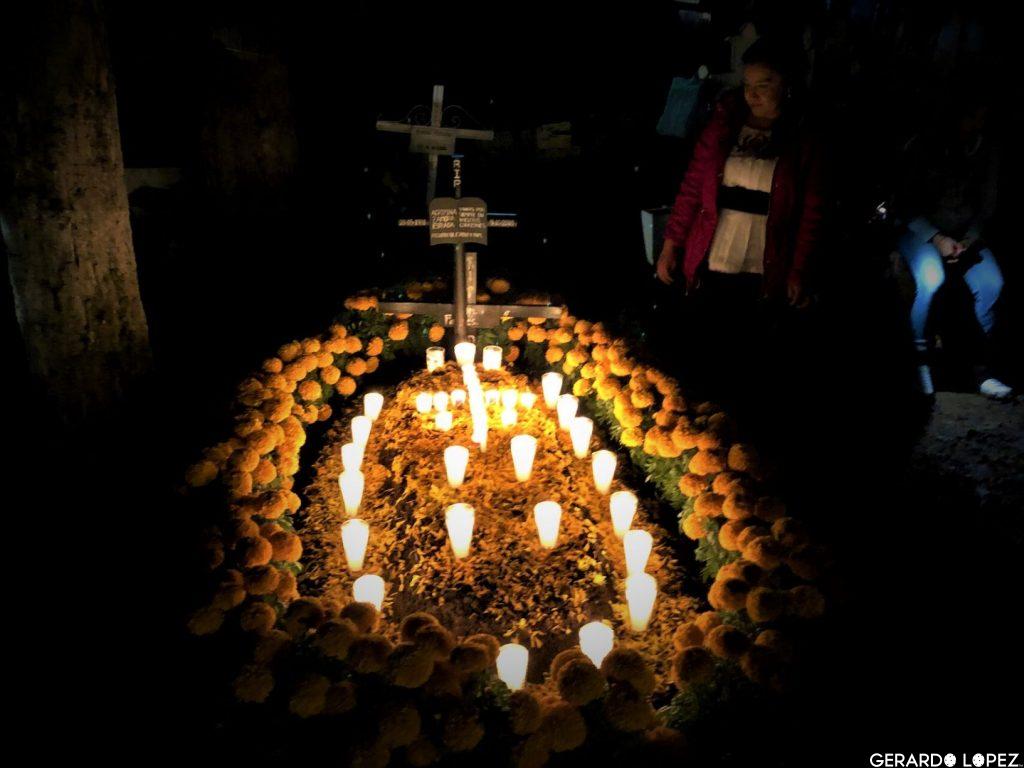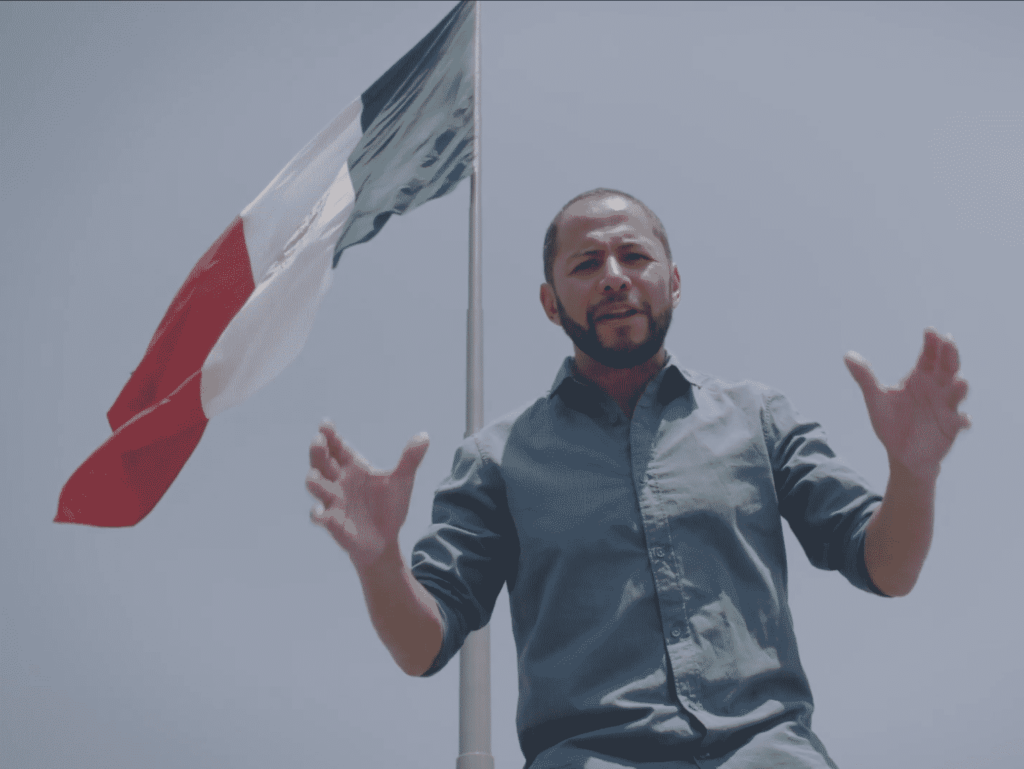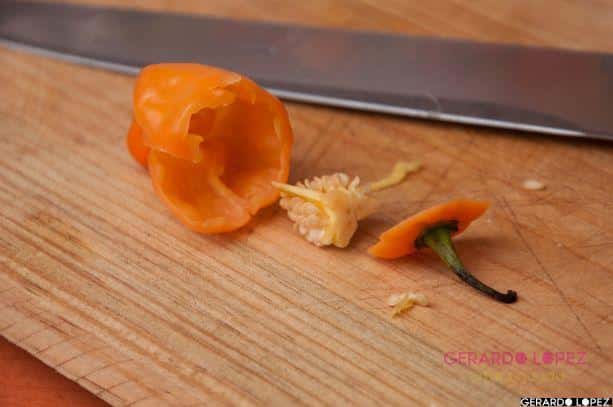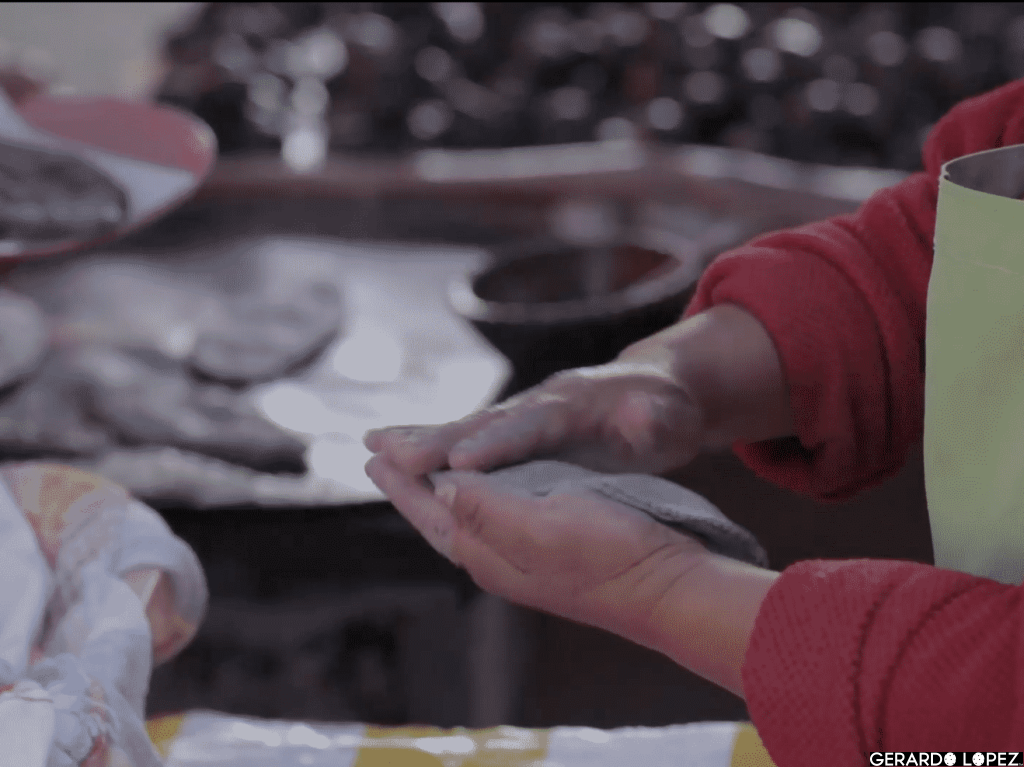México is rich in indigenous culture and its legacy can be appreciated in every corner of the country. Today, indigenous culture, traditions, and food enjoy an unprecedented appreciation and rediscovery by Mexicans and the world alike. But it hasn’t always been like this, for many centuries indigenous people had been discriminated against and made feel less than the rest. Indigenous communities in México, and the world, still face many challenges but taking the time to understand more about their history is a step in the right direction.
When referring to indigenous people, I’m referring to the native people, the aboriginal humans of what today is México. I feel it is important to clarify since the word ‘indigenous’ has two different meanings from its Latin roots, with the other one being ‘needy’ or ‘poor’. An indigenous people are neither needy nor poor, they are auto sufficient and rich in many aspects where our modern society is lacking.
The native peoples that inhabited what today is México created vast civilisations whose culture, traditions, and languages have endured through millennia. Today in México there are 68 indigenous groups, each with a different dialect, traditions, culture, and physical features. During the 2020 census, more than 12 million people in México identified themselves as indigenous and speaking one of the 11 main linguistic families. That means that of the 68 indigenous groups, some share similarities in their languages but others cannot understand each other at all. What amazes me is that today there are more than 350 dialects spoken in the country and all can be traced back to one of the 11 linguistic families.
The states of Chiapas and Oaxaca concentrate the vast majority of indigenous communities, and therefore they are – without a doubt – the richest states in México.
From my desire to learn more about our indigenous past, there are a few aspects that continue to amaze me to this day:
Respect and reverence for Mother Earth
It is not a coincidence that current environmental practices and research is resurfacing the knowledge and practices of the indigenous community to manage the land. Indigenous communities around the world worship mother earth as the source and provider for life, not to mention the destination for all living beings.
Therefore, it is not surprising to have that each of the different indigenous groups have their own way of representing and worshipping Mother Earth. Beyond the reverence, there is a special connection between people and the land, not only in the way that food and medicine are provided by the land but more in the way the land is managed in a circular and sustainable manner. There is still so much to learn about how our indigenous people have created this symbiotic relationship with the land to extract the best of each other.
Community first, individual needs come later.
Indigenous communities in México, and many places around the world, have a true sense of community where the collective wellbeing is more important than the self one. Life, rituals, traditions, and governance revolves around the community at centre and everyone has a role to play in it. The individual concept of ‘I’ or ‘me’ do not exist in these societies and in many cases not even in their languages. It is no the individuals who have rights, responsibilities, and obligations, but rather is the community who adopt these. This is why indigenous communities are self-regulated and they all have different needs as individuals do in western societies. This is why the western model does not fit into indigenous people and there is always a preference towards self-representation and regulation as a community.
It is not surprising to see that indigenous people understand better the concept of
we are stronger together
Creating and sharing a unique gastronomy
With so many indigenous groups around the country, it is not surprising to see how Mexican gastronomy is vast in ingredients, methods of preparation, and regional cuisine. With Mexican gastronomy taking over the entire world, regional cuisines are now the next horizon of exploration for innovative and unique flavours. Corn is the cornerstone for most indigenous groups in México, but that is where the similitudes start and end. The Mayans have their habaneros and bitter limes, the Totonacas have vanilla, and like that every group has something special.
Today, the largest indigenous groups, in population and impact, are:
Nahuas
Nahua or Náhuatl, historically used by the Mexican population, designates an indigenous group and a set of indigenous languages closely related to each other. The word Nahua means to speak clearly, with authority or knowledge. It is the most widely spoken language group in Méexico.
Both Aztecs and Mexicas spoke the Nahuatl language. The Aztecs were the oppressors of the Mexica, and the Mexica escaped and founded the amazing Tenochtitlan city and formed one of the most formidable empires in the world. We don’t know much about what happened to the Aztecs, other than people continue, until this day, to confuse them with the Mexicas.
Mayas
Maya culture was a Mesoamerican civiliszation that developed in Méexico, Guatemala, Belize, and the western part of Honduras and El Salvador, covering more than 300,000 km².
They were amazing over more than two millennia in numerous sociocultural aspects such as; writing, his art, architecture, mythology, and his remarkable numbering systems, as well as in astronomy and math.
Zapoteca
Zapotecos were sedentary, they lived in agricultural settlements, they worshiped a pantheon of gods headed by the god of rain, ‘Cocijo’.
Each region had its own self-designation. For example, the Zapotecos of the Isthmus region, called themselves “ben’zaa” or “binizá” which means in the Zapoteca language means ‘gente de las nubes’ or ‘people of the clouds’.
Mixteco
The Mixteca population is made up of more than 700,000 people. They are the fourth most extensive Amerindian population after the Nahuas, the Mayas, and the Zapotecas.
The name ‘Mixteco’ is of Nahua origin and means “the place of the clouds”It is known that the Mixtecos called themselves ‘Ñuu Sávi’, which means ‘people of the rain’
Otomies
The word otomí comes from the Nahuatl language and means ‘who walks with arrows’ or ‘arrowhead of birds’.
One of the most delicious traditions of the Otomí culture is that of the ceremonial tortillas.
They use ‘muicle’, a sacred plant from which a special tincture is obtained, to adorn the ceremonial tortillas.
It is said that currently only 50% of the Otomí people are fluent in their language and sadly these numbers are in decline.
Totonacas
Alongside the Nahuas, Totonacs have one of the largest numbers of inhabitants in the country.
There are about 411,000 Totonacas in the whole of México.
It is said that the word ‘Totonaca’ comes from the words ‘tu’tu’ or ‘a’ktu’tu’ which means three, and ‘nacu’ means heart. And these ‘three hearts’ are: (1) the Castle, (2) Tajín, and (3) Cempoala, the main archaeological pyramids of the Totonaca culture.

